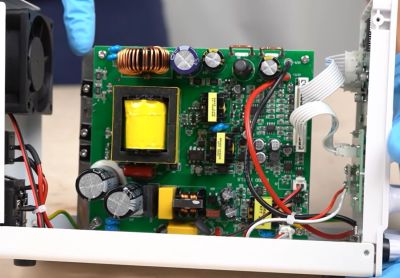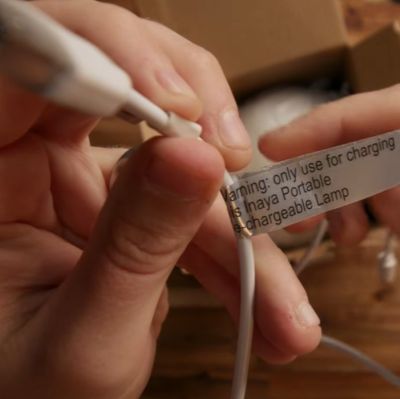Not all clamp meters are the same, and this video shows just that. In a recent teardown by [Kerry Wong], the new Fnirsi DMC-100 proves that affordable doesn’t mean boring. This 10,000-count clamp meter strays from the classic rotary dial in favour of a fully button-based interface – a choice that’s got sparks flying in the comments. And yes, it even auto-resumes its last function after reboot, like it knows you’re busy frying other fish.
What sets this meter apart isn’t just its snappy interface or surprisingly nice gold-tipped probes. It’s the layered UX – a hackable interface where short- and long-presses unlock hidden menus, memory functions, and even a graphing mode. A proper “hold-my-beer” moment comes when you discover it can split-display voltage and current and calculate real-time power (albeit with a minor asterisk: apparent power only, no power factor). Despite a few quirks, like accidentally triggering the flashlight when squeezing the jaw, it holds up well in accuracy tests. Even at higher currents where budget meters usually wobble.
Continue reading “Frnisi DMC-100: A Clamp Meter Worth Cracking Open”





















